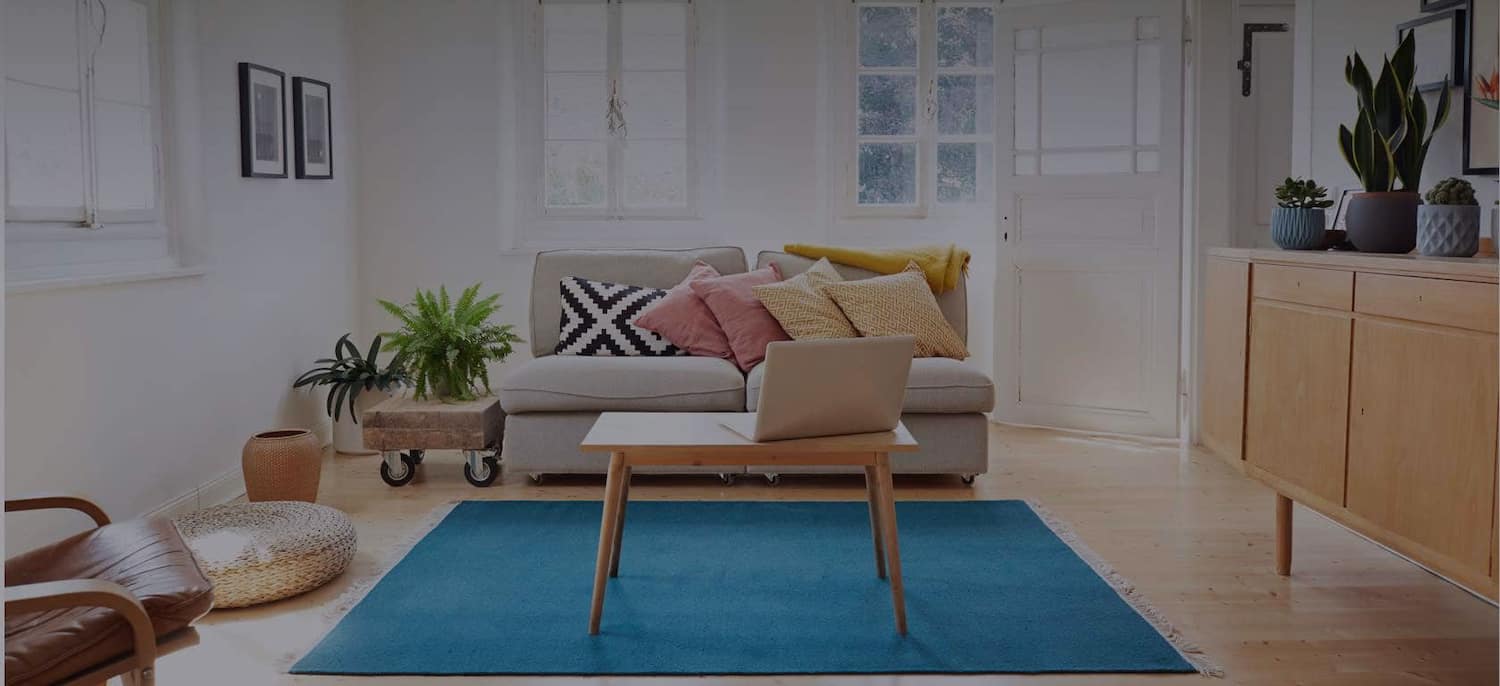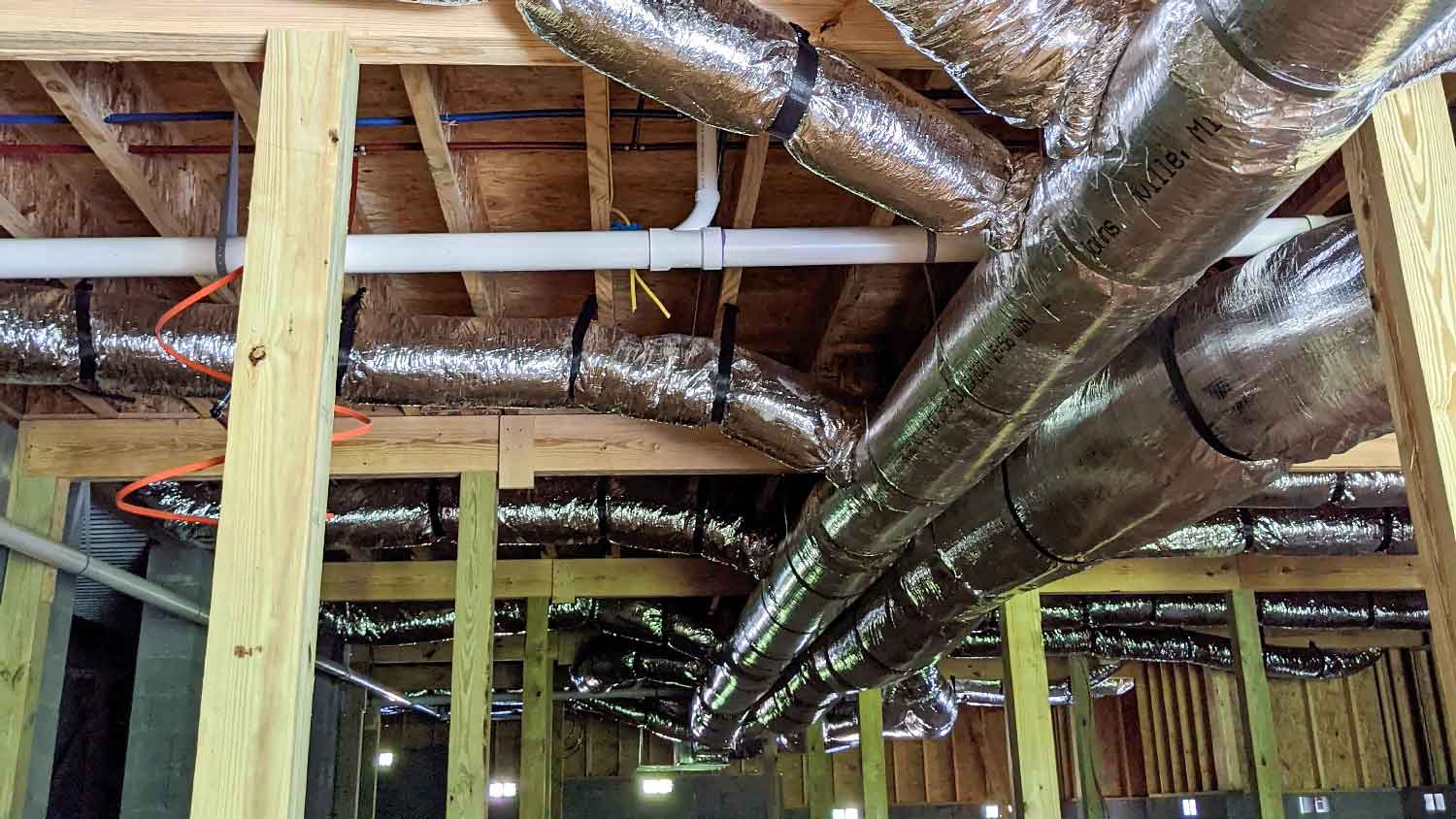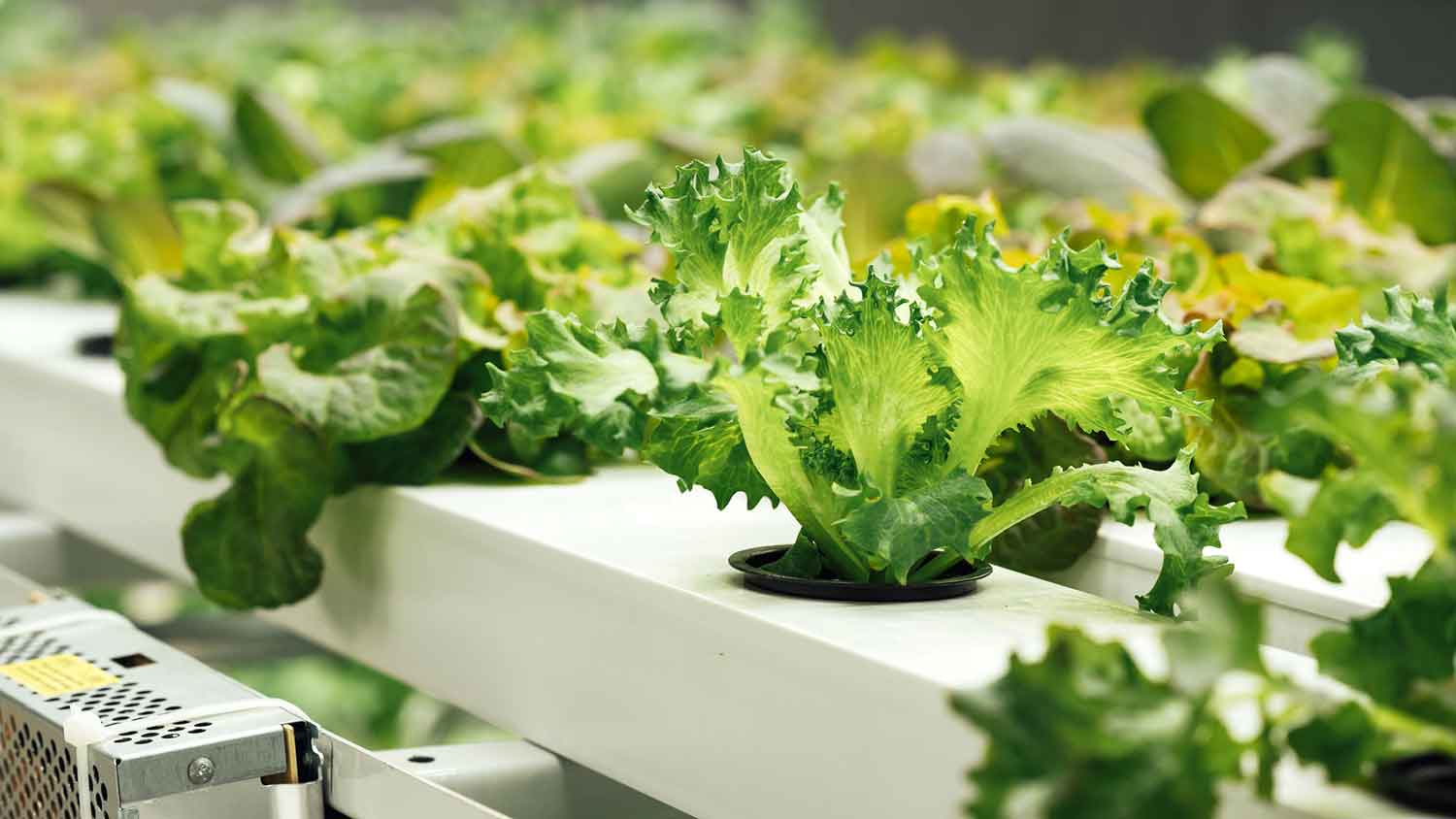
Get matched with top rototilling pros in Lilly, PA
Enter your ZIP and get matched with up to 5 pros
Need a pro for your rototilling project in Lilly, PA?
Find Rototilling pros in Lilly

Mikes Handyman Service
Mikes Handyman Service
HandyMan service. 3 employees
HandyMan service. 3 employees
Murphys Lawncare and maintenance
Murphys Lawncare and maintenance
We are a family owned and operated business and we enjoy what we do and it shows in our work we offer the best prices around on all our services and always have great specials
We are a family owned and operated business and we enjoy what we do and it shows in our work we offer the best prices around on all our services and always have great specials
B&B Services
B&B Services
*FREE ESTIMATES* Fully insured. From mowing to roofing.... No job too big OR too small... Call the pros at B&B Services
*FREE ESTIMATES* Fully insured. From mowing to roofing.... No job too big OR too small... Call the pros at B&B Services
Krawczyk Construction & Landscaping
Krawczyk Construction & Landscaping
General Contracting and Landscaping 25 mile local coverage area ~ Free estimates within local coverage area. Call for information on jobs outside of local coverage area.
General Contracting and Landscaping 25 mile local coverage area ~ Free estimates within local coverage area. Call for information on jobs outside of local coverage area.
Sky Meadows Site Services
Sky Meadows Site Services
We provide a wide variety of outdoor services inlcuding Lawn care, Landscaping, Hardscaping, Property Maintenance, Excavating, Land Clearing, and we also sell full cord firewood.
We provide a wide variety of outdoor services inlcuding Lawn care, Landscaping, Hardscaping, Property Maintenance, Excavating, Land Clearing, and we also sell full cord firewood.
The homeowners guide to home care is here
From average costs to expert advice, get all the answers you need to get your job done.
 •
•Exposed ductwork can be a smart choice even beyond aesthetics. Fortunately, exposed ductwork costs are relatively low, and easy access keeps repair costs to a minimum.
 •
•Discover the cost to install ductwork. Learn about average prices, cost factors, and tips to save money on your ductwork installation project.

The average boiler installation cost depends on size, system type, and other factors. Keep reading to learn the cost of a new boiler.

If your furnace is making loud noises, it could be the first sign something is failing. This guide will go over some of your furnace’s most noisy issues.

Tackling unwanted odors from indoor plants can be tricky. Learn how to use a carbon filter in your duct fan to improve air quality.

Thinking about installing a heat pump in your home? Learn about the different types of heat pumps and the options you can choose from in this guide.
- Cresson, PA Rototilling pros
- Portage, PA Rototilling pros
- Wilmore, PA Rototilling pros
- Gallitzin, PA Rototilling pros
- Loretto, PA Rototilling pros
- Ebensburg, PA Rototilling pros
- Summerhill, PA Rototilling pros
- Sidman, PA Rototilling pros
- South Fork, PA Rototilling pros
- Duncansville, PA Rototilling pros
- Salix, PA Rototilling pros
- Nanty Glo, PA Rototilling pros
- East Freedom, PA Rototilling pros
- Mineral Point, PA Rototilling pros
- Hollidaysburg, PA Rototilling pros
- Carrolltown, PA Rototilling pros
- Claysburg, PA Rototilling pros
- Roaring Spring, PA Rototilling pros
- Conemaugh, PA Rototilling pros
- East Conemaugh, PA Rototilling pros
- Altoona, PA Rototilling pros
- Patton, PA Rototilling pros
- Vintondale, PA Rototilling pros
- Geistown, PA Rototilling pros
- Alum Bank, PA Rototilling pros
- Johnstown, PA Rototilling pros
- Dale, PA Rototilling pros
- Windber, PA Rototilling pros
- Paint, PA Rototilling pros
- Hastings, PA Rototilling pros
- 🌱 "Mow a small front yard"
- 🛠 "Fix a leaking pipe under the sink"
- 🏠 "Repair shingles on an asphalt roof"